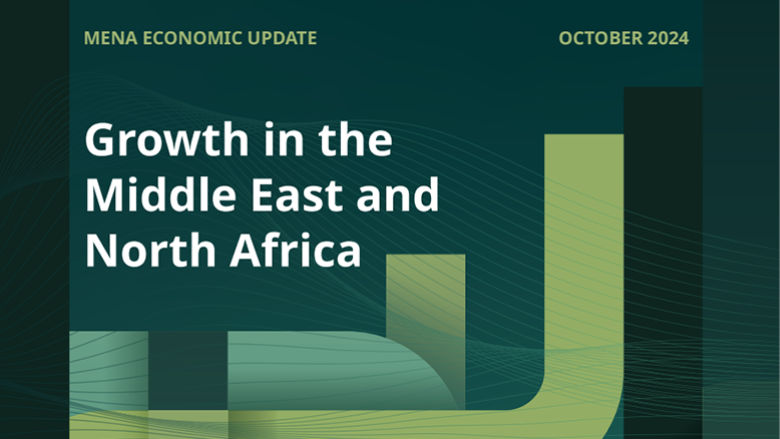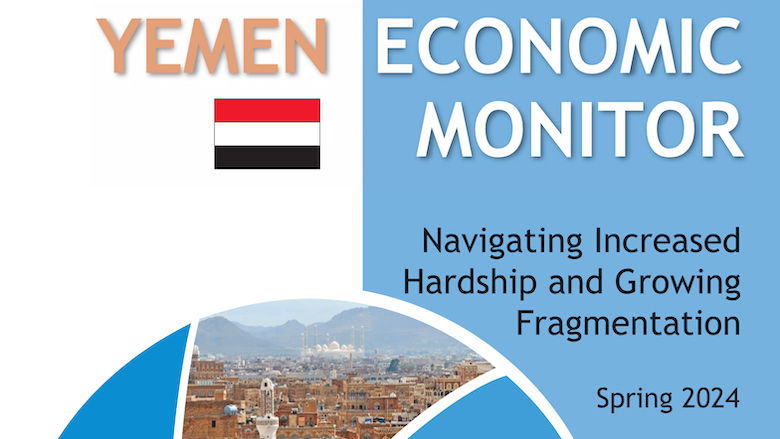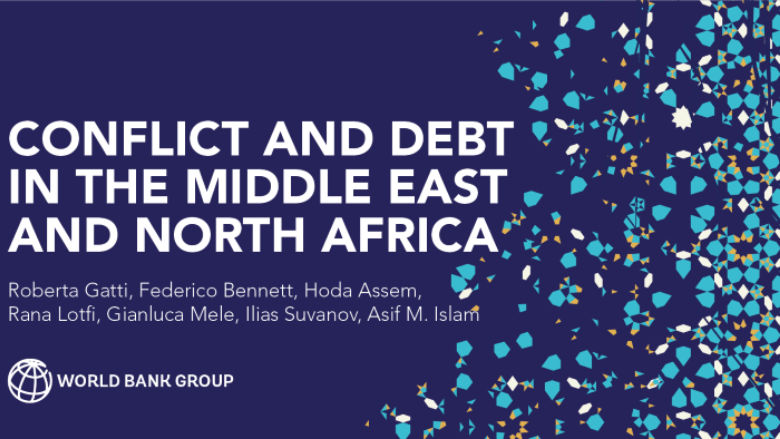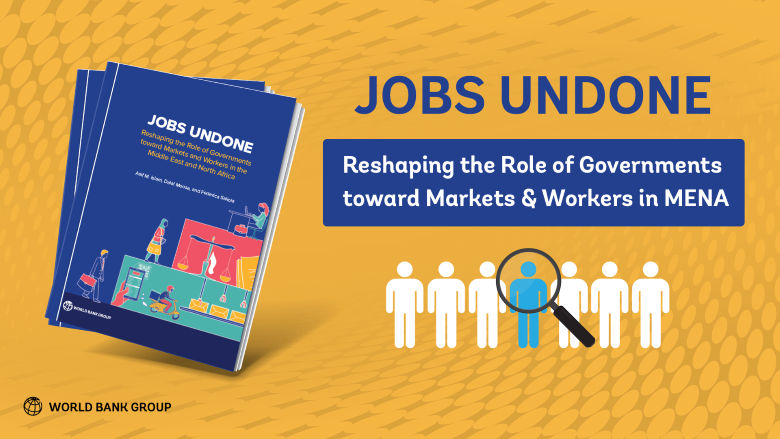IDA financing has supported critical service delivery as well as for preserving human capital and the capacity of national institutions. IDA assistance has targeted the poorest and most vulnerable Yemeni households and communities, helping them cope with the impact of the crisis through income support, cash transfers, health and nutrition interventions, cholera response and restoring agricultural production.
The Emergency Crisis Response Project (ECRP), the World Bank's US$848.58 million project that supported livelihood opportunities in partnership with the United Nations Development Programme (UNDP) and local institutions, namely the Social Fund for Development (SFD) and the Public Works Project (PWP), supported a cash‑for‑work and community‑based investment program. The project closed on March 31, 2022, having achieved substantial results over seven years. Over 443,000 people were provided with wage employment, and 5.4 million people received access to community services (such as water, irrigation, and better roads. Over 678,000 mothers and children received nutrition services. Five microfinance institutions and over 5,000 microfinance clients were supported.
Responding to the risk of famine, the US$472.14 million emergency cash transfer component of the ECRP, implemented by the United Nations Children's Fund (UNICEF) conducted ten cycles of emergency cash transfer payments to poor and vulnerable households across Yemen's 333 districts. The Emergency Cash Transfer program was financed partially through the Bank's Crisis Response Window, with co‑financing from the UK’s Foreign, Commonwealth and Development Office and the United States Department of State, through the Yemen Emergency Multi‑Donor Trust Fund. Post‑distribution monitoring found that, on average, 91% of beneficiaries used cash transfers to purchase food. Women comprised about 45% of the direct recipients.
The Emergency Social Protection Enhancement and COVID‑19 Response Project (ESPECRP), a US$840 million IDA-supported project replacing the ECRP, supports the provision of unconditional cash transfers, temporary employment, and increased access to basic services and economic opportunities to food insecure populations affected by COVID-19, the conflict, and climate-related shocks. The project also strengthens the capacity of national institutions. The project is being implemented by UNDP and UNICEF in partnership with the SFD and PWP. To date, the project has reached 67,735 direct beneficiaries with wage employment; over 800,000 people have received access to community services (such as potable water, irrigation, and better roads), 100,000 mothers and children have received nutrition services, and 20,418 women benefitted indirectly from nutrition services in the form of wage employment. The project has also supported 6,029 micro, small and medium enterprises, and provided over 72,000 people with improved access to sanitation services to reduce water-borne diseases. Under the ESPECRP’s Unconditional Cash Transfer component, the project has carried out seven payment cycles, with the eighth cycle currently underway, in all 333 districts across Yemen reaching an average of 1.43 million poor and vulnerable households.
The Emergency Human Capital Project (EHCP), implemented in partnership with UNICEF, WHO and UNOPS, has achieved significant results in supporting the delivery of essential health and nutrition services, as well as clean water and improved sanitation services. By February 2024, 15.4 million beneficiaries received health and nutrition services at over 2,617 health facilities, including 140 hospitals, and through outreach and mobile teams. Over 8 million women and over 5.8 million children received health and nutrition services. Almost one million people are receiving access to improved water supply and sanitation (WSS), of which 48 percent are female beneficiaries. Beyond emergency support, EHCP has supported strengthening local health and WASH systems while working closely with other donors.
The World Bank has partnered with the United Nations Children’s Fund (UNICEF), the World Food Programme (WFP), Save the Children, and local institutions to implement the Restoring Education and Learning (REAL) project (co-financed by US$100 million IDA and US$53 million Global Partnership for Education funding). The project finances a package of evidence-based interventions delivered to 1200 schools and over 550,000 students at basic education level in the most vulnerable districts. The interventions have been implemented over three school years and support teacher payments and teacher training, including payment of 2300 Rural Female Teachers to promote girls’ education; school feeding; school infrastructure improvements, including rehabilitation of WASH facilities; the distribution of learning materials and school supplies; alternative learning models and national capacity building.
The World Bank has partnered with the United Nations Office for Project Services (UNOPS) and local institutions in conflict-affected cities, acting through the Yemen Integrated Urban Services Emergency Project (YIUSEP) to provide citizens with access to critical services. The project provided over 3 million Yemenis with restored access to critical urban services, including water and sanitation, transport, energy, and solid waste management. The second phase of the project—the US$195.49 million YIUSEP II—is currently underway. To date this second phase has rehabilitated 222 km urban inner-city roads, provided electricity to health facilities benefitting over 410,000 people, restored access to rehabilitated water supply & sanitation services for more than 360,000 and almost 660,000 people respectively, and allocated over $1.27 million in tender slots for women-owned businesses. Over 1,900 staff from local implementation partners have been trained in a tailored capacity-building program to strengthen institutional capacity and improve the management of activities and assets.
To increase people's access to electricity, the Yemen Emergency Electricity Access Project (RY-EEAP) partnered with local microfinance institutions (MFIs) to help set up financing windows for high-quality, small‑scale, solar power solutions for households and to provide partial grants to make the systems more affordable. The project also contracted solar suppliers and installers to provide grant‑financed solar power systems to key facilities, including clinics, schools, and water wells in rural and peri‑urban areas. Six MFIs participated in the program and a total of 117,000 households with over 787,000 beneficiaries, of which 389,000 were female, gained household access to electricity. Solar powered electricity has been installed in 517 critical service facilities.
The US$100 million Yemen Emergency Electricity Access Project—Phase 2 was approved in June 2022. This project builds on activities supported by the original RY-EEAP project, with an expanded focus on technical assistance designed to support access to electricity supply and prepare for post-conflict restoration of the Yemen power sector. To date the project has provided 60,000 households with access to electricity and more than 300 critical facilities with solar-powered electricity.
The Yemen Emergency Lifeline Connectivity Project (ELCP) was approved by the World Bank Board in December 2021 to provide climate-resilient connectivity and employment opportunities to food-insecure rural population of Yemen, in collaboration with UNOPS. Yemen is a mountainous and rural country with about 60 percent of the population residing in rural villages where access roads have crumbled after decades of inadequate maintenance, damages from the conflict, and damages from climate events such as flooding and landslides. The project has rehabilitated 141km of rural roads, providing 120 million Yemenis with all-weather access to economic opportunities and essential services such as healthcare and education. The project also injects economic resources to the villages with labor-intensive road maintenance works implemented by microenterprises, complemented by training programs targeting entrepreneurs and small and medium enterprises.
The Sustainable Fishery Development in Red Sea and Gulf of Aden (SFISH) project aims to strengthen mechanisms for regional collaborative management of fisheries in the Red Sea and Gulf of Aden region and improve the effective fishery production and value chain in Yemen. The project is rehabilitating landing sites, and providing matching grants to fisher households, micro and small enterprises, and fishery associations and cooperatives. Training in proper fish handling, boat maintenance, business skill, fish processing and fisheries-production, packaging and other skills has been provided. Over 1,550 beneficiaries have received matching grants, of whom 830 are women and youth.
Last Updated: Oct 25, 2024







